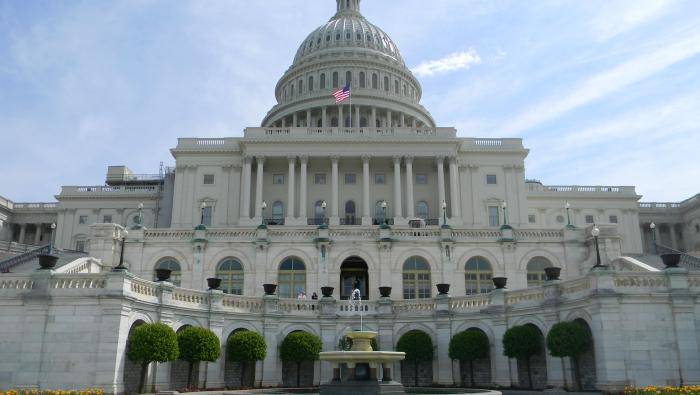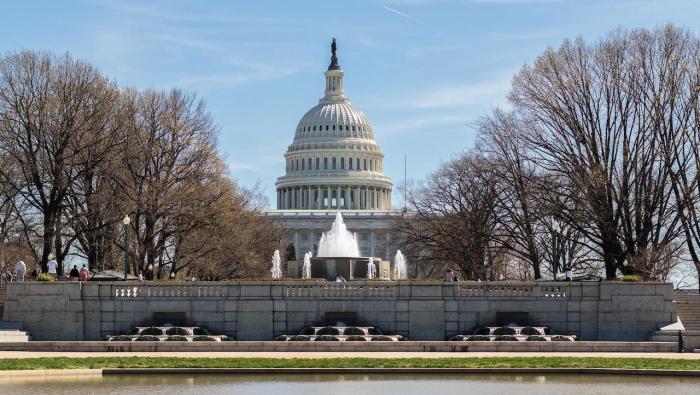As debate over FAA financing continues to roil, the Government Accountability Office (GAO) released an analysis of the Airport and Airway Trust Fund in which it found one scenario showing the fund would reach a zero balance by the end of Fiscal Year 2007.
The trust fund’s uncommitted balance has been dropping since FY2001, when it was $7.3 billion. By the end of FY2005 it had plunged to $1.9 billion, and the GAO said it could be down to $1.7 billion when this fiscal year ends on September 30.
“If revenues in Fiscal Years 2006 and 2007 are below forecast levels, the trust fund’s uncommitted balance will be less than forecast and, in one scenario we analyzed, it will reach zero by the end of 2007,” the GAO said. “This scenario raises concerns because, in the past, the trust fund’s uncommitted balance was used to offset lower-than-expected trust fund revenues and decreased general fund contributions.”
FAA Administrator Marion Blakey carried that message to Capitol Hill. Testifying before the Senate aviation subcommittee, she said the general fund’s share of total FAA appropriations has been as high as 59 percent in FY1984 and as low as zero in FY2000.
“The trend, however, is not in question,” Blakey told the senators. “On average over the last 15 years, the portion of operating costs coming from the general fund has declined steadily. In FY2005, about 20 percent of the FAA’s total budget came from the general fund and 80 percent from the trust fund; this year it’s 18 percent and 82 percent, respectively.”
Traffic Increases Expected
Despite the financial shake-up in the airline industry, she said, all major forecasts project that the demand for air travel will outstrip existing capacity. It now exceeds pre-9/11 levels and remains on track to carry more than one billion passengers by FY2015.
But Blakey offered that the airline markets once dominated by widebody aircraft are now yielding to smaller jets, VLJs are coming online soon and fractional ownership is making it easier for businesses to own and operate aircraft. If an airline carries a given number of passengers (paying the same fares) on two regional jets instead of one larger jet, ticket tax revenue does not change, but controller workload approximately doubles, she argued.
All of these developments, coupled with fluctuating ticket prices that do not raise enough revenue, and volatile demand, which means fewer passengers are paying for travel, lead to a revenue shortfall. The 7.5-percent airline passenger ticket tax accounts for about half of the aviation trust fund revenue.
“Plainly, our revenue is not tied to the cost of the service, which means that there is no nexus between actual workload and how it’s paid for,” Blakey said. She added that the Bush Administration’s push for FAA funding reform is not fundamentally about generating more money for the FAA but about “creating a more rational, equitable and stable system…on an assured and predictable basis.”
Although Blakey did not use the words “user fee,” Sen. Frank Lautenberg (D-N.J.) asked whether the FAA intended to impose general aviation user fees, especially for business aviation. He asserted that the GA community does not pay its fair share, while the airlines believe they are paying more than their fair share.
Blakey said she couldn’t answer the question because the new funding proposal was still under review. She said that it would “balance” the competing concerns of general aviation and the airlines. “At this point, our concern is that we are able to tie the costs of the system to the revenue and come up with a stable, cost-based system that is more equitable than the current system.”
Transportation Secretary Norman Mineta, who has been a strong supporter of general aviation since his congressional days, earlier told the House Appropriations subcommittee on transportation that there would be no user fees for general aviation. But it was unclear whether he was referring to all of GA–including business jets–or piston-engine aircraft only.






